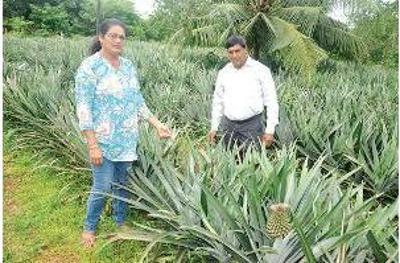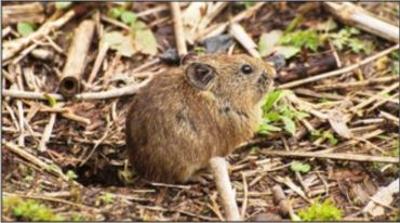Last year, when 56-year-old Ronald Mark D’Souza decided to set up a pineapple farm in Shirva about 18 kilometres from Udupi, the biggest challenge before him was the water supply – a farming essential that suffered because of electricity fluctuation, as well as labour .
D’Souza, though, was determined to find a solution to the problem. After reading up a lot on the GSM-based irrigation system, he decided that that was what suited his farm the best. Speaking to Bangalore Mirror, he said, “I have implemented a very simple mechanism. One need not be in the farm while waiting for the supply of electricity in order to switch on the pump. We have in place a system that provides the farmer the flexibility to regulate and control the operations of their irrigation systems. The GSM sim-based control system has a registered sim inserted in it. The system can control the pump set operations (on and off) from a mobile number with which it has been tuned. The user just needs to make a call to start the pump. It has been programmed to receive commands from only one mobile number. It also sends an SMS whenever there is an interruption in the power supply. I just need to recharge it with an SMS pack.”
D’Souza has developed a pineapple farm called Ronjus garden. “Even when I am not in station, I can control the sprinklers in our farm,” he said. After working in Abu Dhabi for 10 years, he returned to India to work as a financial consultant. In about 3.5 acres of land that he owns, he has grown about 40,000 pineapple plants. He plans to develop a papaya farm as well as a full-fledged organic vegetable farm. His wife Jacintha, a beautician, assists him in the farming. “My dream is to develop a model organic garden. In the west, the support for farming is excellent. Labour is one of the biggest problems haunting the farming community,” he added.
source: http://www.timesofindia.indiatimes.com / The Times of India / News Home> City News> Bangalore / Bangalore Mirror Bureau / October 10th, 2016






